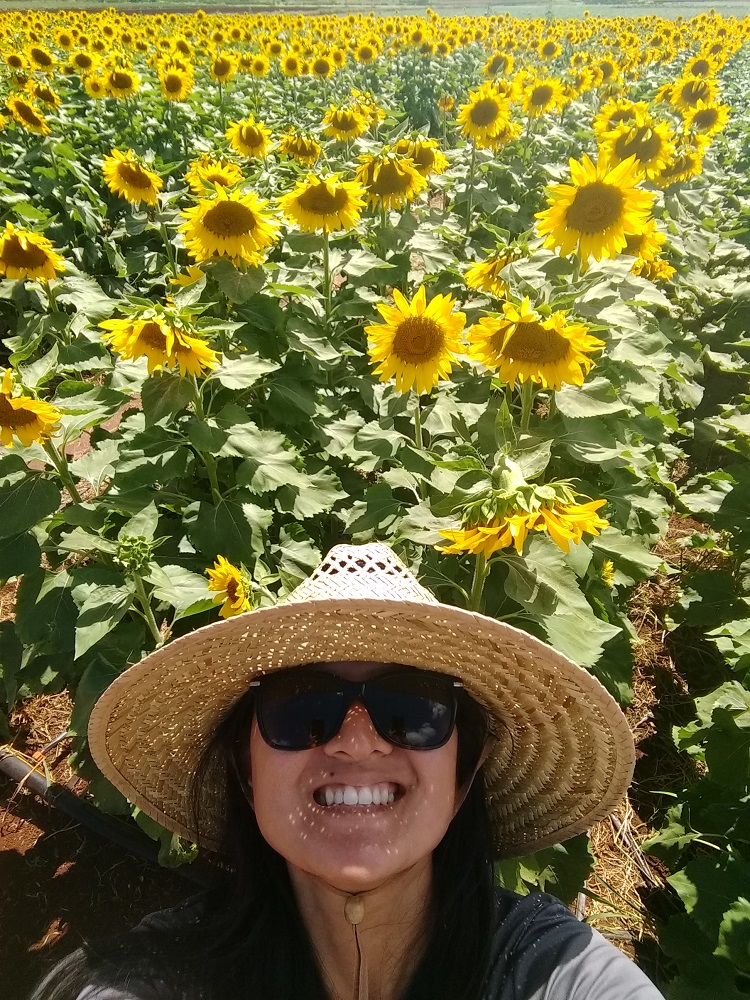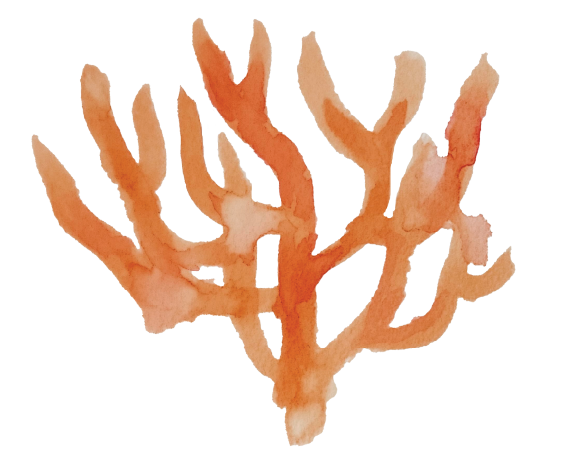Questions
How do I RSVP?
You should have received a text message stating "Paul and Jessie sent you a Paperless Post invitation to 'Paul & Jessie's Wedding'" with a link to RSVP online.
Which airport should I fly to?
Fly to Daniel K. Inouye International Airport (HNL) in Honolulu, on the island of O‘ahu. Hawai‘i is a U.S. state, so you won't need your passport. You do, however, need a REAL ID with the star to enter the state. If you don't have a REAL ID, you can use a valid passport instead.
Are kids allowed at the wedding?
Yes, if your invitation lists your kids or says "and family" you are welcome to bring your children.
Can I bring a plus one?
If your invitation explicitly includes a guest or family members, they are invited. If it does not include a guest, do not bring a plus one.
What should I wear?
The dress code is "dressy aloha" or semiformal. See the Event Day page for examples. You may want to bring a coat or umbrella in case of rain. Layers may be helpful for transitioning from the hot ceremony outdoors to the cooler air-conditioned reception indoors.
Do I need a car?
You'll need a car or a ride to reach the wedding venue. Otherwise, you can access most urban areas by walking or taking TheBus. If you want to explore more remote places, however, we recommend renting a car.
Where are you registered?
Your presence at the wedding is gift enough. If you'd like to provide a monetary gift, kindly drop it in the card box at the reception table.
What is the weather like in July?
The weather will be in the upper 80s to low 90s. Expect some humidity, intense sunshine, intermittent clouds, and completely unpredictable rain. Note that June-November is hurricane season, but fingers crossed for a mild summer.
What should I pack?
Pack your wedding attire, summer clothes, walking/hiking shoes, rain gear, and a jacket for indoor air-conditioned places. Don't forget bug spray and reef-safe sunblock! The UV rays are much more intense here than elsewhere in the U.S. Please use only titanium and zinc sunscreen. Other ingredients can kill the coral.
Should I be concerned about volcanic eruptions?
Not to worry. Though Kīlauea erupts often and unpredictably, it is located 200 miles away on Big Island. The vog (volcanic smog) does blow over here, though, and can trigger allergies and headaches.
Are Jessie and Paul Hawaiian now?
Definitely not. The term "Hawaiian" is reserved for those with Native Hawaiian ancestry. "Residents" can be called just that, or "kama‘aina" (comma-eye-nuh). Those born and/or raised here are "locals."
How's the food?
There's so much good food from many different cultures. The majority of ingredients, however, are not grown here. You will find lots of local pineapples, but note that Dole pineapples are especially controversial given the company's role in the overthrow of the last monarch, Queen Lili‘uokalani. This doesn't mean you can't enjoy them, however, and in fact, all pineapples can be taken directly on your flight home.
Is O‘ahu safe?
Like any place, there are safe and not-so-safe areas. Exercise the same caution you would at home. Don't get vacation brain. Be safe on the streets, on hikes, and especially in the ocean. Be aware that the roads and highways here often have yields and no merging areas!
What lingo should I learn?
Common Hawaiian or pidgin words you'll hear are aloha, mahalo (thank you), howzit? (how's it going?), da kine (whatchamacallit), ‘ono (delicious), pau (finished), and shoots (sounds good). Bonus points if you say "rubbish" instead of "trash." Learn more words here.
What should I know about Hawai‘i before visiting?
People are generally friendly here, so don't be surprised if strangers say hello or strike up conversations. But as in all crowded places, mind your belongings, lock your car, and look in every direction before you cross the street.
The unlawful annexation of Hawai‘i into the U.S., and the overthrow of Queen Lili‘uokalani are still a source of pain for a lot of people. During this time, the native language (ʻŌlelo Hawaiʻi), hula, and other aspects of native culture were outright banned.
Don't believe stereotypes. People here live like they do anywhere else. Lūʻau aren't an everyday occasion, and residents do not live in grass huts on the beach.
A lot of what you see on websites or social media is illegal. Always check beforehand to make sure hikes are legal, and that you keep the appropriate distance from animals like turtles, dolphins, and monk seals.
Any other words of wisdom?
Wear reef-safe zinc oxide or titanum dioxide sunblock or cover up! Even California or Texas sun is nothing compared to the sun here.
Don't go in ponds or streams if you have cuts. Fresh water can carry flesh-eating bacteria. Also avoid the ocean after heavy rain, since runoff can contaminate the shore.
Do not touch wildlife! It's illegal to touch sea turtles and other marine animals like dolphins and monk seals.
Read warning signs and act accordingly. The island is beautiful, but can be surprisingly dangerous.
If you're not sure, don't go in the ocean.
Prepare for the day you have ahead. Many people get helicoptered to hospitals after injuring themselves on even easy hikes because they wore dressy shoes or fainted in the heat.
I have a question.
Reach out if you have any questions! There are no stupid ones! We want you to be safe and have the best time. You can reach Paul at (fiveonetwo) 897-9657 and Jessie at (sixtwosix) 731-4852.



